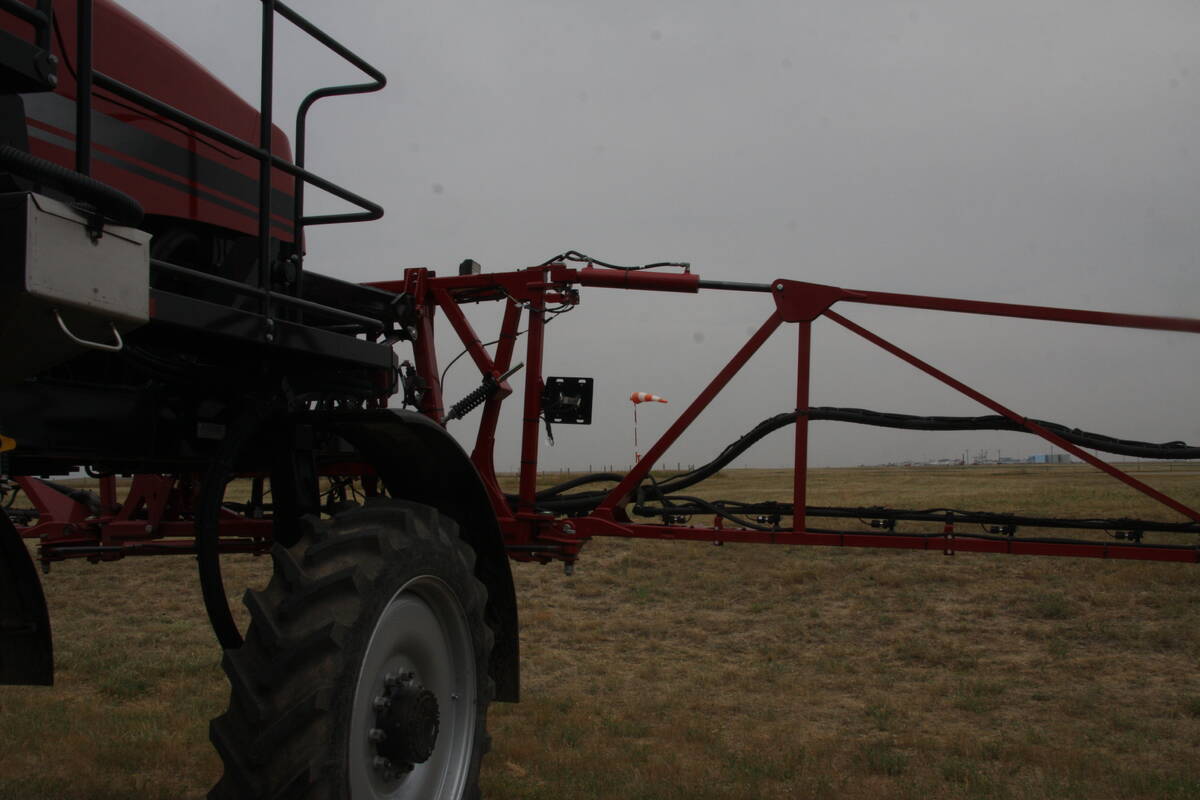SMITHERS, B.C. – As thistles and knapweed spread over British Columbia, frustration grows among agricultural groups.
“We’re at a stalemate with the government,” said Doug Haughton, chair of the noxious weeds committee for the B.C. Cattlemen’s Association.
The government budgeted $218,000 this year to fight a growing list of noxious weeds but cattle producers say it is not enough.
Haughton is dismayed that border states spend more money in one county on weed control than the province spends in all of B.C.
Read Also

More work wanted on removing red tape
REGINA — Canadian farmers risk falling further behind competitors if two main federal agencies don’t become more efficient and responsive…
Ranchers want local governments to write tougher bylaws to enforce the weed control act and say government should give municipalities the right to enforce the act.
The cattle producers passed a resolution at their annual meeting here asking that money collected through an environmental tax on tires and batteries be directed to weed control projects. The tax is $3 per tire and $5 per battery.
“Weeds belong to everyone,” said Haughton.
Most weeds get their start along highways and railways, and then move into grasslands.
“All of these weeds were introduced and came without natural predators,” said provincial weed specialist Ron Cranston.
Knapweed, for example, is widespread throughout the southern interior region of the Okanagan Valley, north to Kamloops and Quesnel. Introduced into B.C. during the early 1900s from Europe, knapweed has no natural enemies to keep it in check.
It is spread on the undercarriages and doors of recreational vehicles, trains, light aircraft and logging trucks, and by animals and wind.

















